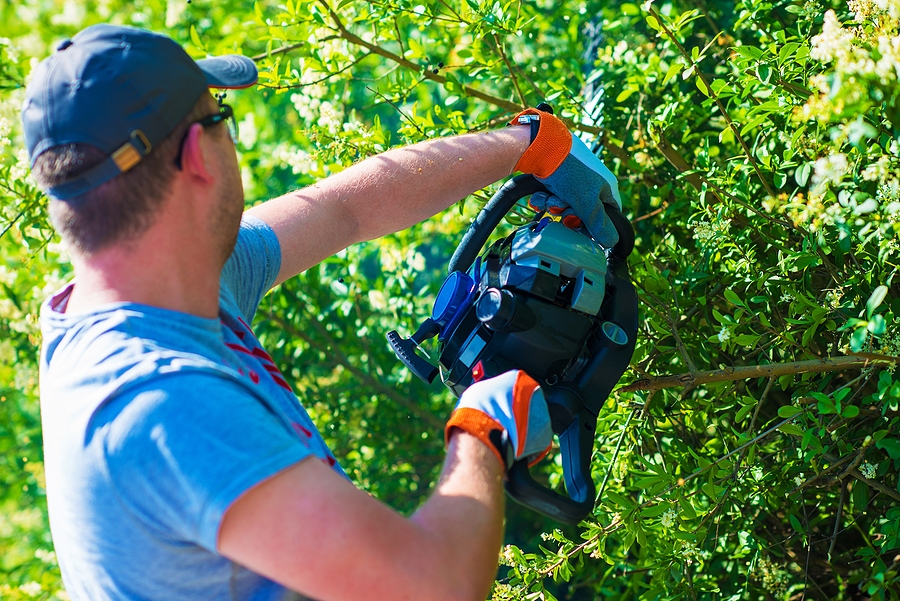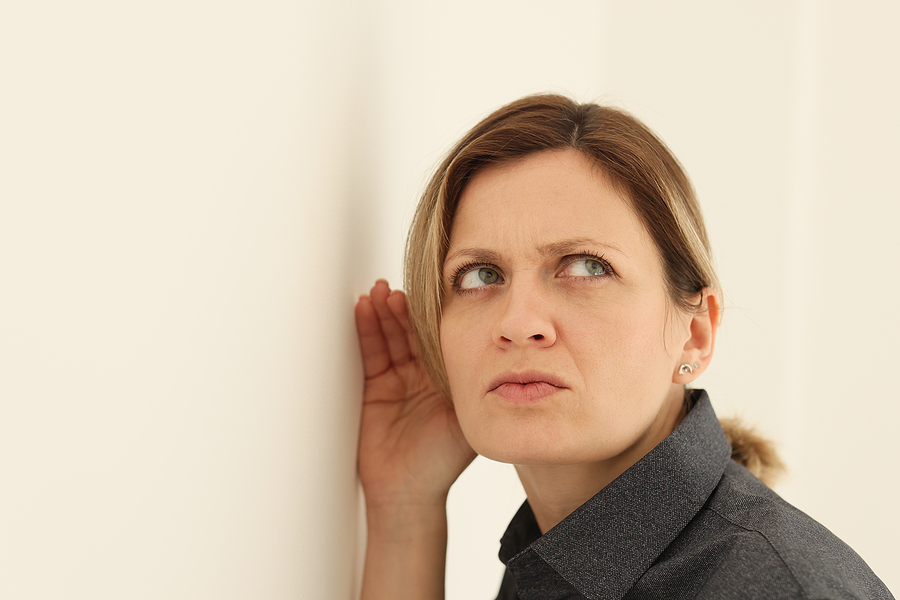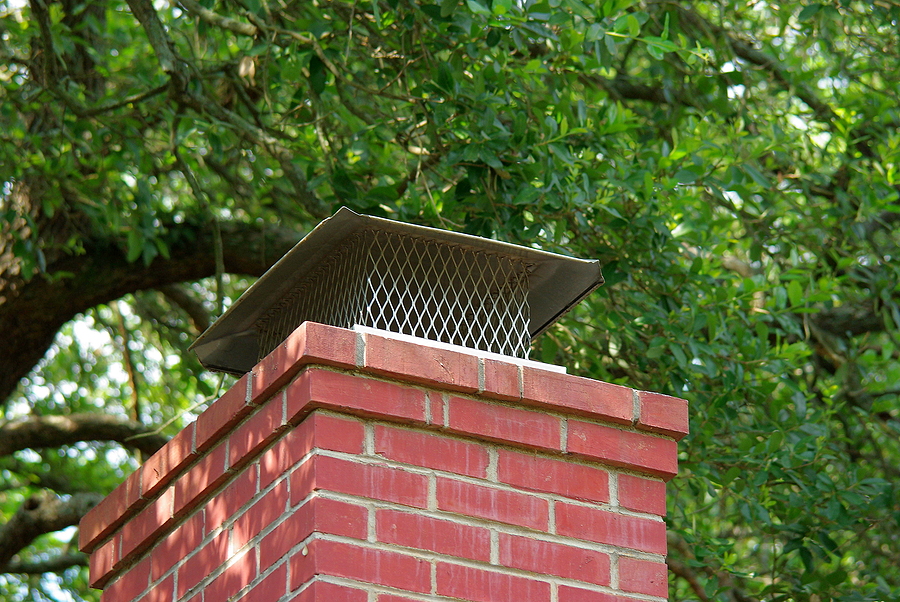Homeowners and gardeners understand that maintaining a beautiful, well-kept property requires more than just a passion for landscaping—it’s also a necessity for keeping unwanted visitors at bay. We’re not talking about the in-laws; we mean the nuisance wildlife that sees your lush garden and overgrown trees as an invitation to set up shop. In this post, we’ll guide you through effective tree trimming and vegetation control strategies to keep those pesky animals from turning your haven into theirs.

The Down Low on Nuisance Wildlife Behavior
Nuisance wildlife, including rodents, raccoons, squirrels, and even birds, are attracted to areas that provide ample food, water, and shelter. Overgrown vegetation and unkempt trees offer all three, making your home the perfect target for these creatures. Recognizing the behaviors and preferences of these animals is the first step in making your property less appealing to them.
Tree Trimming Best Practices
Trimming trees may seem straightforward, but there are best practices to follow to ensure it effectively contributes to wildlife abatement. Here’s what you need to know:
- Trim Branches Away from Your Home: Ensure that no branches are close enough to act as bridges to your rooftop or windows. Keeping a minimum distance of 6 feet between the ends of branches and your home is advised.
- Maintain a Healthy Tree Canopy: Regularly remove dead or dying branches, which can attract insects and, consequently, wildlife that feeds on them.
- Hire Professionals When Necessary: For large trees, or those near power lines, hiring a professional tree trimming service ensures the job is done safely and effectively.
Vegetation Control Techniques
Vegetation control isn’t just about aesthetics; it’s about creating an environment that’s inhospitable to nuisance wildlife. Keep these tips in mind:
- Keep the Grass Trimmed and the Ground Clear: Tall grass and piles of leaves or debris can provide hiding spots for small animals. Regular lawn care reduces these hiding spots.
- Use Gravel or Mulch Near the Home’s Foundation: A barrier of gravel or mulch can deter digging and nesting close to your home’s foundation.
- Plant with Purpose: Certain plants can actually deter wildlife. For instance, marigolds are known to repel rabbits, while garlic can deter deer. Incorporate these into your garden plan if you’re battling specific pests.
The Role of Professional Wildlife Control Services
While DIY methods can be effective for minor issues, sometimes the situation calls for professional help. Professional wildlife control services can offer:
- Expertise in Humane Removal Techniques: Professionals are trained to remove animals safely and ethically.
- Long-term Solutions: Beyond removal, professionals can assess your property for vulnerabilities and suggest structural modifications to keep animals out.
- Peace of Mind: Knowing that your home is protected from wildlife by experts can relieve the stress associated with nuisance animals.
Final Thoughts
Dealing with nuisance wildlife is a multifaceted challenge that requires a comprehensive approach. By understanding the behavior of these animals, implementing best practices in tree trimming, and maintaining controlled vegetation, homeowners can significantly reduce the appeal of their properties to unwanted guests. And, when the situation becomes too challenging to handle alone, don’t hesitate to call in the professionals.
Your home is your sanctuary, not a wildlife refuge. With the right strategies and a bit of effort, you can keep it that way. Now that you’re armed with these pest control tips, we hope you feel empowered to take back your outdoor space and keep it safe from unwelcome furry intruders.
Are you dealing with nuisance wildlife threats around your home or business? Contact Virginia Wildlife Pros at 804-292-0156 for professional wild animal removal and control in Richmond, or its surrounding towns. We serve residential and commercial customers with free quotes, free advice, and quality work.
Related Posts:
Nature in Balance: Ethical Approaches to Wildlife Control
Preventing Animal Infestations: What You Need to Know
How to Choose the Right Animal Removal Company in Virginia









